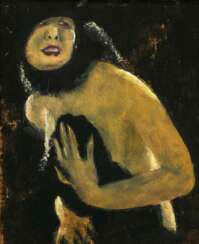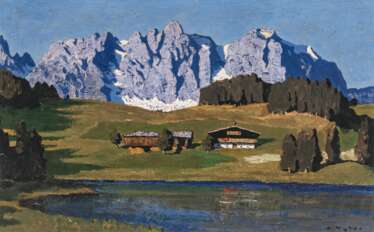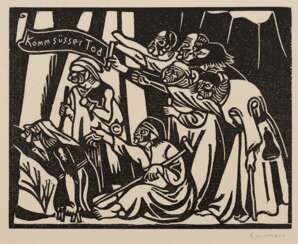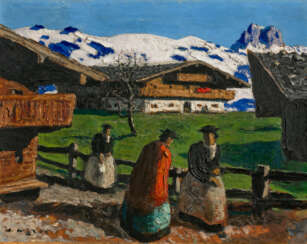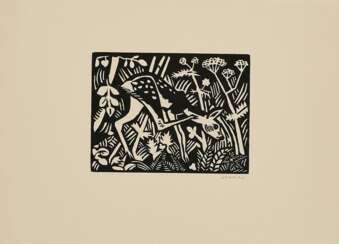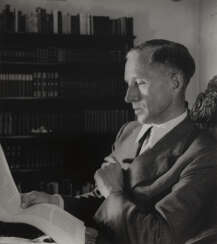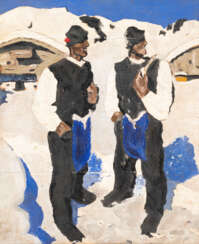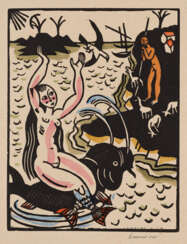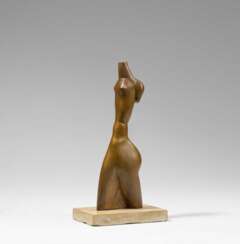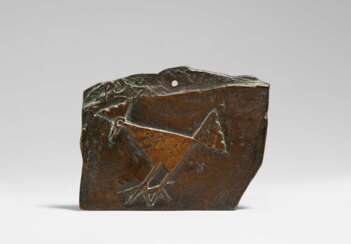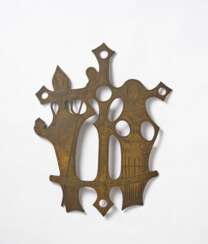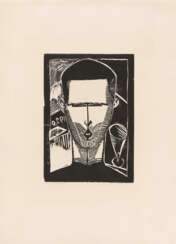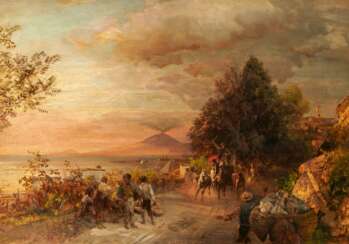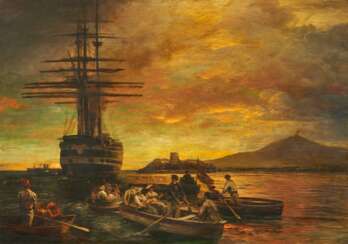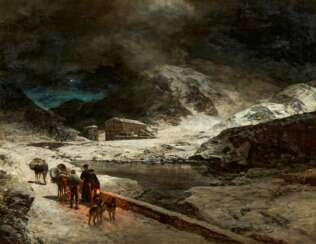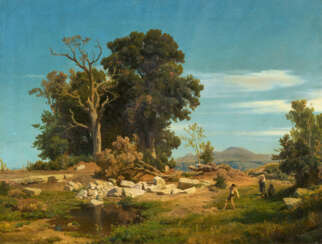wald
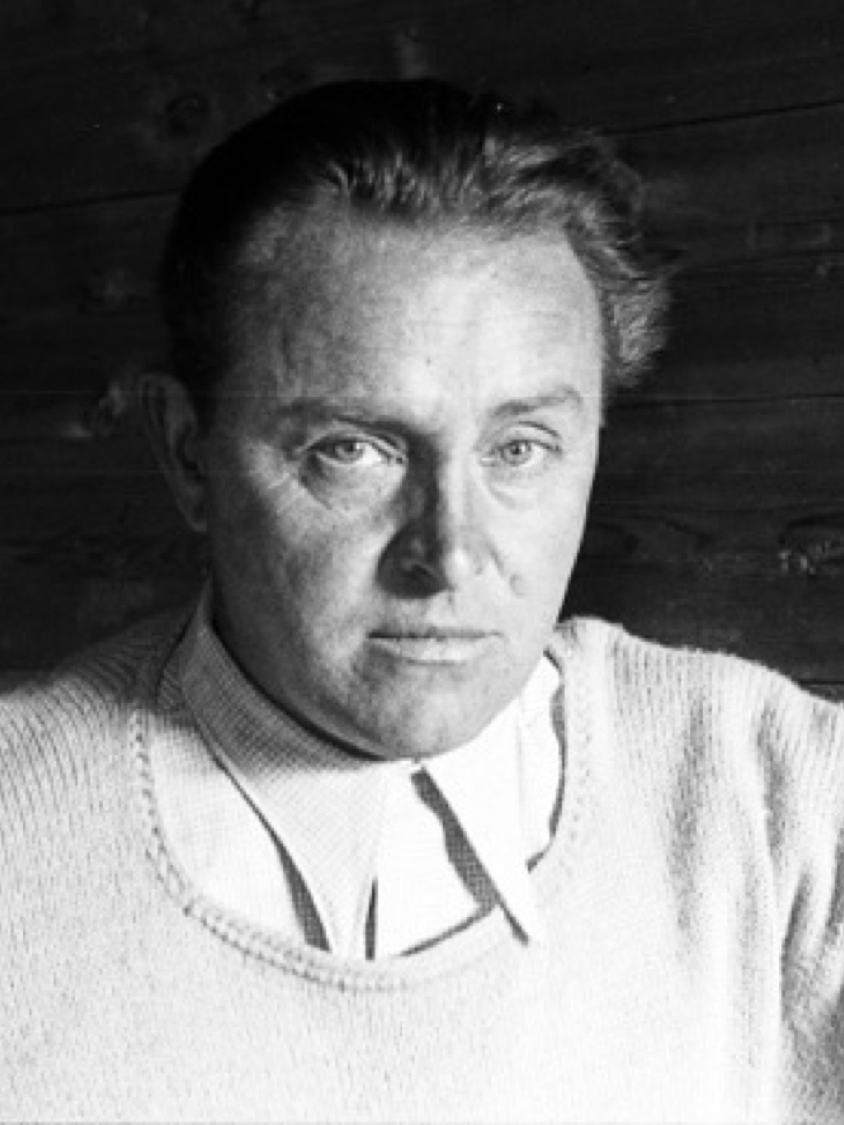
Alfons Walde was an Austrian expressionist painter and architect.
He studied architecture at the Higher Technical School in Vienna, but became interested in painting, found his muse in his native Kitzbühel Alps and became famous for his paintings of their snow-covered slopes and mountain huts. He was particularly fascinated by the dashing skiers of the time. Walde's popularity grew along with the popularity of the ski resort. Walde was also an active graphic artist and designed many posters.
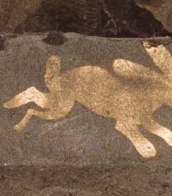

Alfons Walde was an Austrian expressionist painter and architect.
He studied architecture at the Higher Technical School in Vienna, but became interested in painting, found his muse in his native Kitzbühel Alps and became famous for his paintings of their snow-covered slopes and mountain huts. He was particularly fascinated by the dashing skiers of the time. Walde's popularity grew along with the popularity of the ski resort. Walde was also an active graphic artist and designed many posters.
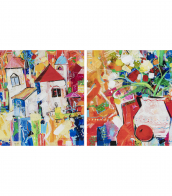
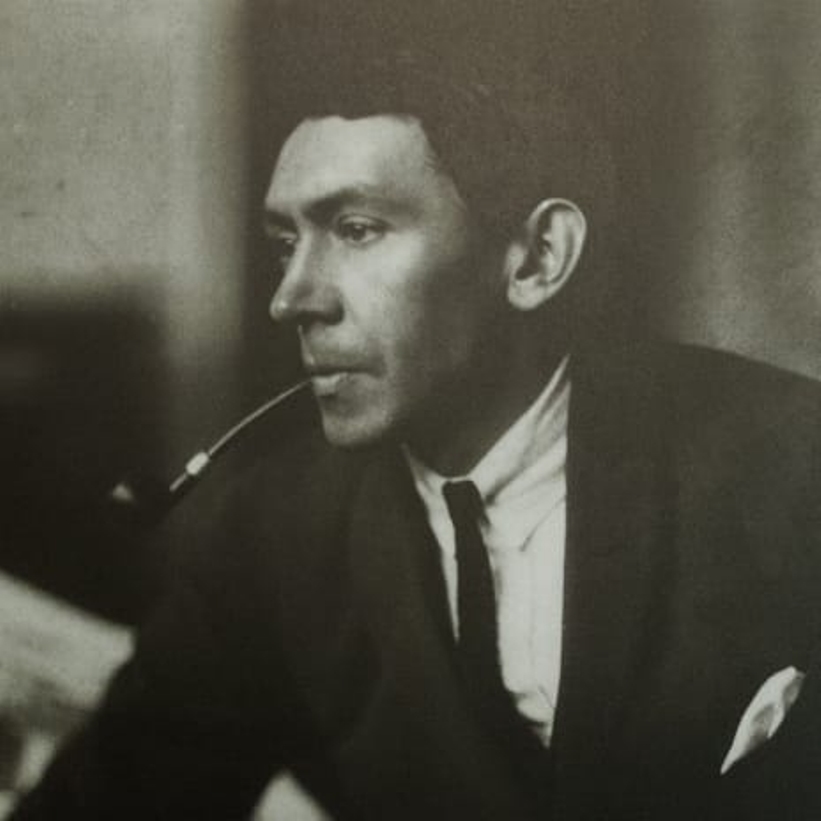
Richard Seewald was a German painter, graphic artist, illustrator and educator.
Seewald studied architecture at the Munich Polytechnic Institute, but soon turned to painting and collaborated with magazines that published his cartoons. He soon mastered etching and etching, became a member of the New Munich Secession in 1913, and illustrated an edition of Robinson Crusoe, Penthesilea (Heinrich von Kleist) and his first book.
In 1924 Seewald was appointed to a teaching position at the Werkschule in Cologne; in 1931 he settled in Ticino, where he received commissions for murals in churches and other church buildings. In 1954 Richard Seewald accepted an offer to become a professor at the Academy of Fine Arts in Munich, and resigned four years later after a disagreement with the academy's presidium. After his wife's death, he burned about 150 of his paintings, as well as hundreds of sketches, drafts, and correspondence. In the late 1960s, Seewald designed windows for the Herz-Jesu-Kirche (Sacred Heart Church) in Munich-Neuhausen and St. Michael's Church in Iserlo.
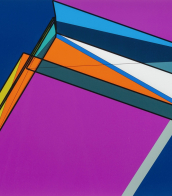

Alfons Walde was an Austrian expressionist painter and architect.
He studied architecture at the Higher Technical School in Vienna, but became interested in painting, found his muse in his native Kitzbühel Alps and became famous for his paintings of their snow-covered slopes and mountain huts. He was particularly fascinated by the dashing skiers of the time. Walde's popularity grew along with the popularity of the ski resort. Walde was also an active graphic artist and designed many posters.


Richard Seewald was a German painter, graphic artist, illustrator and educator.
Seewald studied architecture at the Munich Polytechnic Institute, but soon turned to painting and collaborated with magazines that published his cartoons. He soon mastered etching and etching, became a member of the New Munich Secession in 1913, and illustrated an edition of Robinson Crusoe, Penthesilea (Heinrich von Kleist) and his first book.
In 1924 Seewald was appointed to a teaching position at the Werkschule in Cologne; in 1931 he settled in Ticino, where he received commissions for murals in churches and other church buildings. In 1954 Richard Seewald accepted an offer to become a professor at the Academy of Fine Arts in Munich, and resigned four years later after a disagreement with the academy's presidium. After his wife's death, he burned about 150 of his paintings, as well as hundreds of sketches, drafts, and correspondence. In the late 1960s, Seewald designed windows for the Herz-Jesu-Kirche (Sacred Heart Church) in Munich-Neuhausen and St. Michael's Church in Iserlo.
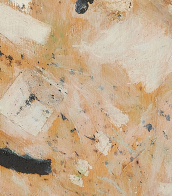

Alfons Walde was an Austrian expressionist painter and architect.
He studied architecture at the Higher Technical School in Vienna, but became interested in painting, found his muse in his native Kitzbühel Alps and became famous for his paintings of their snow-covered slopes and mountain huts. He was particularly fascinated by the dashing skiers of the time. Walde's popularity grew along with the popularity of the ski resort. Walde was also an active graphic artist and designed many posters.

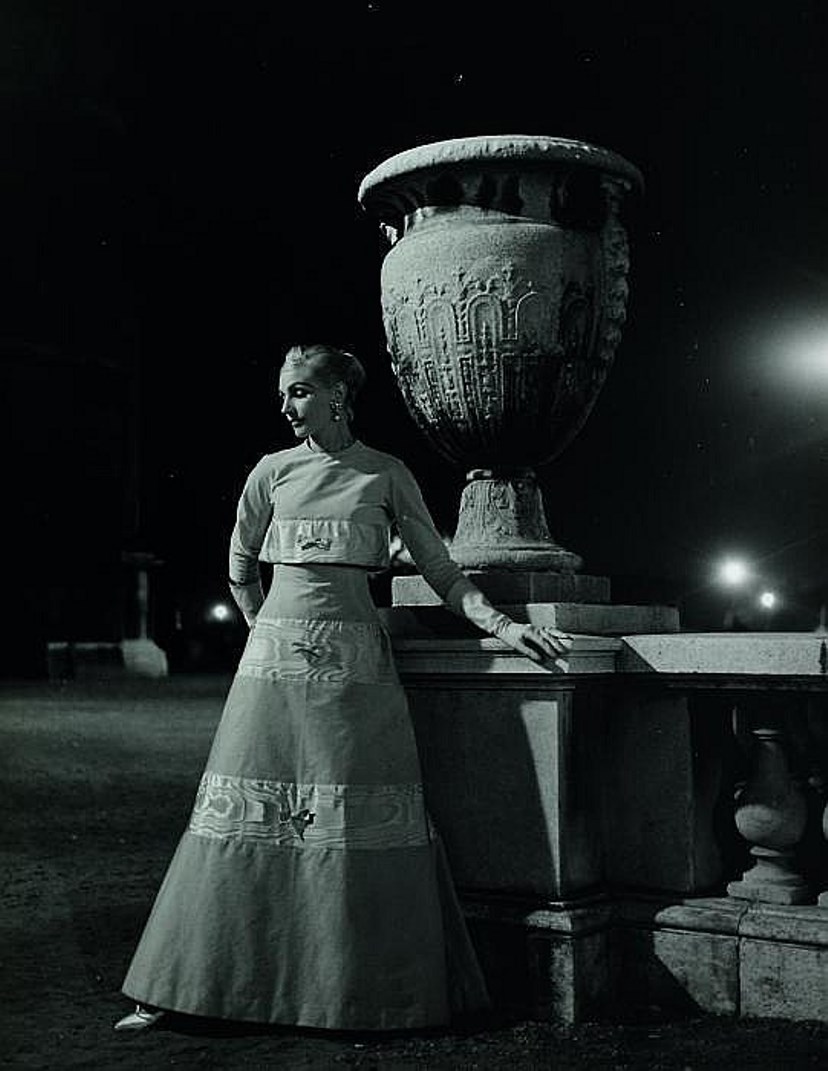
Walde Huth, née Waldberta Huth, is a German photographer known for her street photos and portraits of famous people and fashion models.
She graduated from the State School of Applied Arts in Weimar, and after World War II she became a freelance photographer doing portrait and art photography. Walde Huth is primarily known for her fashion shots of the '50s, she also took unique stills and advertising photos, and created portraits of famous contemporaries. Her iconic fashion shots were taken in Paris. She shot the most famous models of her time not in the studio, but on location in the city, in front of the Eiffel Tower, along the Seine River, in contrast to the architecture and street life.
Walde Huth was an exceptional woman, a creative artist and a versatile photographer.
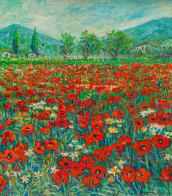

Alfons Walde was an Austrian expressionist painter and architect.
He studied architecture at the Higher Technical School in Vienna, but became interested in painting, found his muse in his native Kitzbühel Alps and became famous for his paintings of their snow-covered slopes and mountain huts. He was particularly fascinated by the dashing skiers of the time. Walde's popularity grew along with the popularity of the ski resort. Walde was also an active graphic artist and designed many posters.


Richard Seewald was a German painter, graphic artist, illustrator and educator.
Seewald studied architecture at the Munich Polytechnic Institute, but soon turned to painting and collaborated with magazines that published his cartoons. He soon mastered etching and etching, became a member of the New Munich Secession in 1913, and illustrated an edition of Robinson Crusoe, Penthesilea (Heinrich von Kleist) and his first book.
In 1924 Seewald was appointed to a teaching position at the Werkschule in Cologne; in 1931 he settled in Ticino, where he received commissions for murals in churches and other church buildings. In 1954 Richard Seewald accepted an offer to become a professor at the Academy of Fine Arts in Munich, and resigned four years later after a disagreement with the academy's presidium. After his wife's death, he burned about 150 of his paintings, as well as hundreds of sketches, drafts, and correspondence. In the late 1960s, Seewald designed windows for the Herz-Jesu-Kirche (Sacred Heart Church) in Munich-Neuhausen and St. Michael's Church in Iserlo.

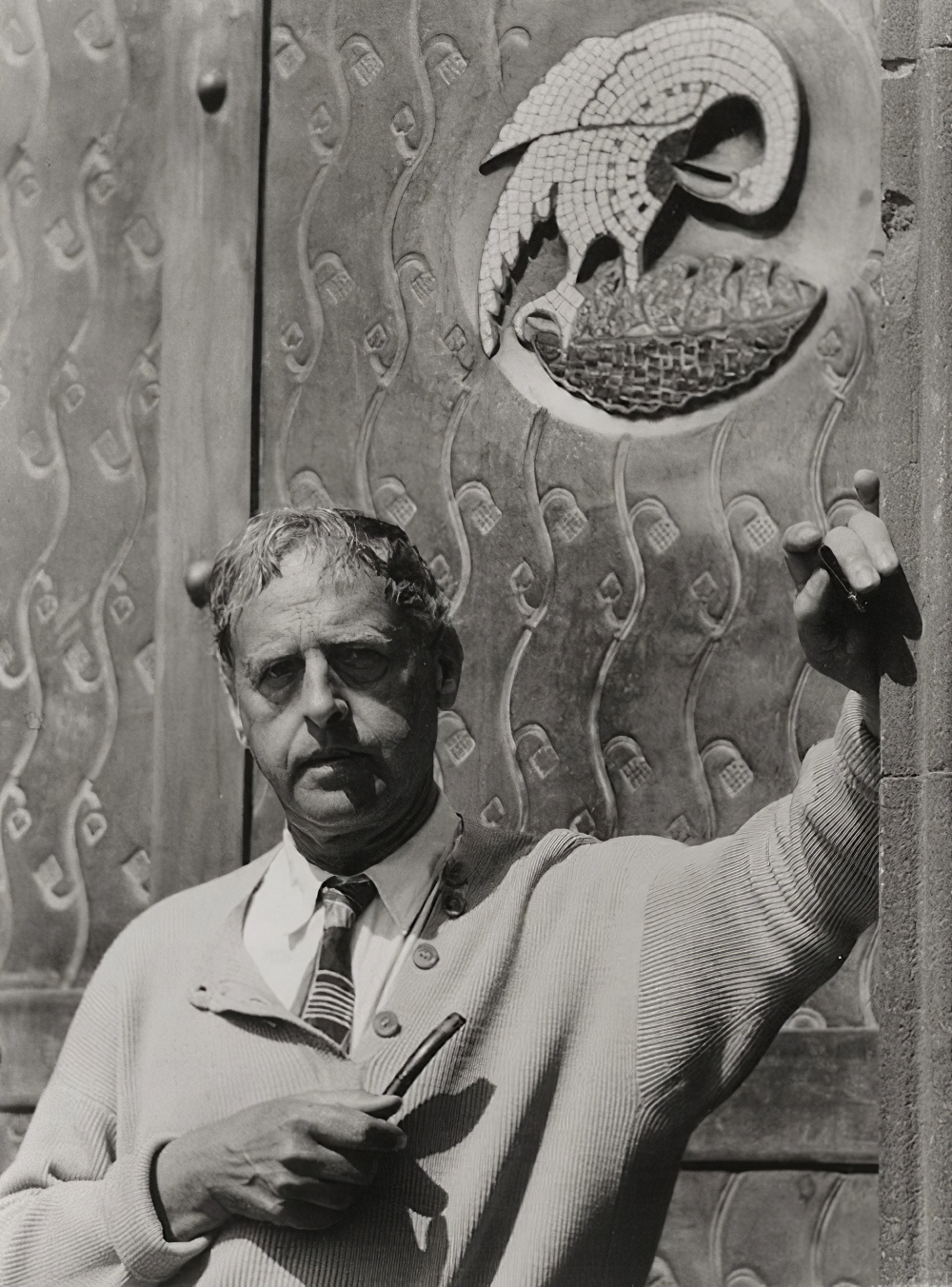
Ewald Wilhelm Hubert Mataré was a German painter and sculptor, who dealt with, among other things, the figures of men and animals in a stylized form.


Ewald Wilhelm Hubert Mataré was a German painter and sculptor, who dealt with, among other things, the figures of men and animals in a stylized form.


Ewald Wilhelm Hubert Mataré was a German painter and sculptor, who dealt with, among other things, the figures of men and animals in a stylized form.


Ewald Wilhelm Hubert Mataré was a German painter and sculptor, who dealt with, among other things, the figures of men and animals in a stylized form.


Richard Seewald was a German painter, graphic artist, illustrator and educator.
Seewald studied architecture at the Munich Polytechnic Institute, but soon turned to painting and collaborated with magazines that published his cartoons. He soon mastered etching and etching, became a member of the New Munich Secession in 1913, and illustrated an edition of Robinson Crusoe, Penthesilea (Heinrich von Kleist) and his first book.
In 1924 Seewald was appointed to a teaching position at the Werkschule in Cologne; in 1931 he settled in Ticino, where he received commissions for murals in churches and other church buildings. In 1954 Richard Seewald accepted an offer to become a professor at the Academy of Fine Arts in Munich, and resigned four years later after a disagreement with the academy's presidium. After his wife's death, he burned about 150 of his paintings, as well as hundreds of sketches, drafts, and correspondence. In the late 1960s, Seewald designed windows for the Herz-Jesu-Kirche (Sacred Heart Church) in Munich-Neuhausen and St. Michael's Church in Iserlo.
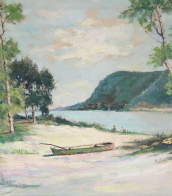

Richard Seewald was a German painter, graphic artist, illustrator and educator.
Seewald studied architecture at the Munich Polytechnic Institute, but soon turned to painting and collaborated with magazines that published his cartoons. He soon mastered etching and etching, became a member of the New Munich Secession in 1913, and illustrated an edition of Robinson Crusoe, Penthesilea (Heinrich von Kleist) and his first book.
In 1924 Seewald was appointed to a teaching position at the Werkschule in Cologne; in 1931 he settled in Ticino, where he received commissions for murals in churches and other church buildings. In 1954 Richard Seewald accepted an offer to become a professor at the Academy of Fine Arts in Munich, and resigned four years later after a disagreement with the academy's presidium. After his wife's death, he burned about 150 of his paintings, as well as hundreds of sketches, drafts, and correspondence. In the late 1960s, Seewald designed windows for the Herz-Jesu-Kirche (Sacred Heart Church) in Munich-Neuhausen and St. Michael's Church in Iserlo.
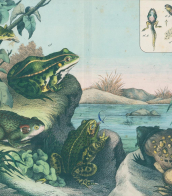

Richard Seewald was a German painter, graphic artist, illustrator and educator.
Seewald studied architecture at the Munich Polytechnic Institute, but soon turned to painting and collaborated with magazines that published his cartoons. He soon mastered etching and etching, became a member of the New Munich Secession in 1913, and illustrated an edition of Robinson Crusoe, Penthesilea (Heinrich von Kleist) and his first book.
In 1924 Seewald was appointed to a teaching position at the Werkschule in Cologne; in 1931 he settled in Ticino, where he received commissions for murals in churches and other church buildings. In 1954 Richard Seewald accepted an offer to become a professor at the Academy of Fine Arts in Munich, and resigned four years later after a disagreement with the academy's presidium. After his wife's death, he burned about 150 of his paintings, as well as hundreds of sketches, drafts, and correspondence. In the late 1960s, Seewald designed windows for the Herz-Jesu-Kirche (Sacred Heart Church) in Munich-Neuhausen and St. Michael's Church in Iserlo.

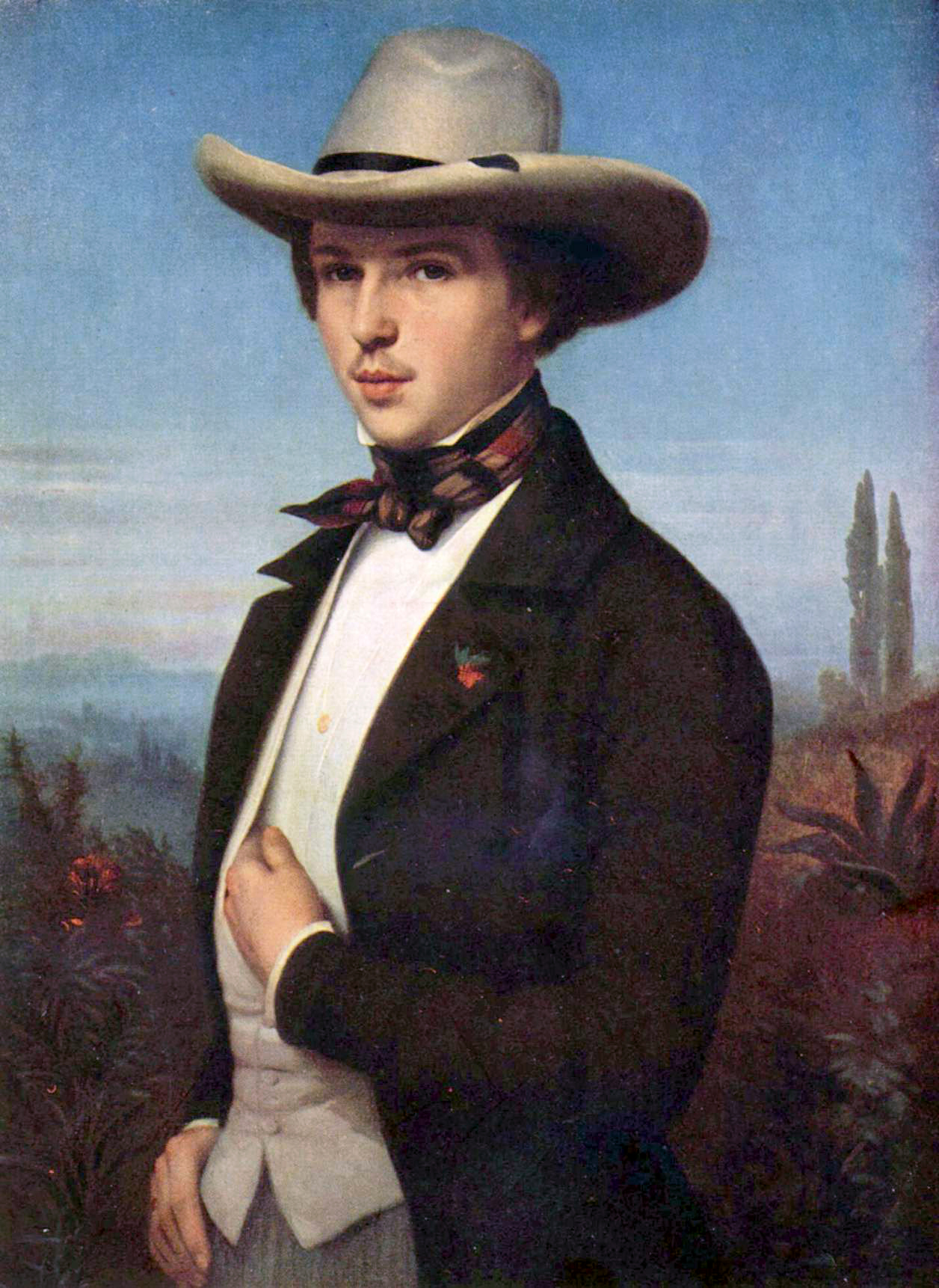
Oswald Achenbach was a German painter associated with the Düsseldorf school of painting. Though little known today, during his lifetime he was counted among the most important landscape painters of Europe. Through his teaching activities, he influenced the Kunstakademie Düsseldorf. His brother, Andreas Achenbach, who was twelve years older, was also among the most important German landscape painters of the 19th century. The two brothers were humorously called "the A and O of Landscapes" (a reference to their initials matching a common German reference to the Alpha and Omega).


Oswald Achenbach was a German painter associated with the Düsseldorf school of painting. Though little known today, during his lifetime he was counted among the most important landscape painters of Europe. Through his teaching activities, he influenced the Kunstakademie Düsseldorf. His brother, Andreas Achenbach, who was twelve years older, was also among the most important German landscape painters of the 19th century. The two brothers were humorously called "the A and O of Landscapes" (a reference to their initials matching a common German reference to the Alpha and Omega).


Oswald Achenbach was a German painter associated with the Düsseldorf school of painting. Though little known today, during his lifetime he was counted among the most important landscape painters of Europe. Through his teaching activities, he influenced the Kunstakademie Düsseldorf. His brother, Andreas Achenbach, who was twelve years older, was also among the most important German landscape painters of the 19th century. The two brothers were humorously called "the A and O of Landscapes" (a reference to their initials matching a common German reference to the Alpha and Omega).


Oswald Achenbach was a German painter associated with the Düsseldorf school of painting. Though little known today, during his lifetime he was counted among the most important landscape painters of Europe. Through his teaching activities, he influenced the Kunstakademie Düsseldorf. His brother, Andreas Achenbach, who was twelve years older, was also among the most important German landscape painters of the 19th century. The two brothers were humorously called "the A and O of Landscapes" (a reference to their initials matching a common German reference to the Alpha and Omega).


Oswald Achenbach was a German painter associated with the Düsseldorf school of painting. Though little known today, during his lifetime he was counted among the most important landscape painters of Europe. Through his teaching activities, he influenced the Kunstakademie Düsseldorf. His brother, Andreas Achenbach, who was twelve years older, was also among the most important German landscape painters of the 19th century. The two brothers were humorously called "the A and O of Landscapes" (a reference to their initials matching a common German reference to the Alpha and Omega).


Oswald Achenbach was a German painter associated with the Düsseldorf school of painting. Though little known today, during his lifetime he was counted among the most important landscape painters of Europe. Through his teaching activities, he influenced the Kunstakademie Düsseldorf. His brother, Andreas Achenbach, who was twelve years older, was also among the most important German landscape painters of the 19th century. The two brothers were humorously called "the A and O of Landscapes" (a reference to their initials matching a common German reference to the Alpha and Omega).


Oswald Achenbach was a German painter associated with the Düsseldorf school of painting. Though little known today, during his lifetime he was counted among the most important landscape painters of Europe. Through his teaching activities, he influenced the Kunstakademie Düsseldorf. His brother, Andreas Achenbach, who was twelve years older, was also among the most important German landscape painters of the 19th century. The two brothers were humorously called "the A and O of Landscapes" (a reference to their initials matching a common German reference to the Alpha and Omega).


Oswald Achenbach was a German painter associated with the Düsseldorf school of painting. Though little known today, during his lifetime he was counted among the most important landscape painters of Europe. Through his teaching activities, he influenced the Kunstakademie Düsseldorf. His brother, Andreas Achenbach, who was twelve years older, was also among the most important German landscape painters of the 19th century. The two brothers were humorously called "the A and O of Landscapes" (a reference to their initials matching a common German reference to the Alpha and Omega).


Oswald Achenbach was a German painter associated with the Düsseldorf school of painting. Though little known today, during his lifetime he was counted among the most important landscape painters of Europe. Through his teaching activities, he influenced the Kunstakademie Düsseldorf. His brother, Andreas Achenbach, who was twelve years older, was also among the most important German landscape painters of the 19th century. The two brothers were humorously called "the A and O of Landscapes" (a reference to their initials matching a common German reference to the Alpha and Omega).


Oswald Achenbach was a German painter associated with the Düsseldorf school of painting. Though little known today, during his lifetime he was counted among the most important landscape painters of Europe. Through his teaching activities, he influenced the Kunstakademie Düsseldorf. His brother, Andreas Achenbach, who was twelve years older, was also among the most important German landscape painters of the 19th century. The two brothers were humorously called "the A and O of Landscapes" (a reference to their initials matching a common German reference to the Alpha and Omega).


Oswald Achenbach was a German painter associated with the Düsseldorf school of painting. Though little known today, during his lifetime he was counted among the most important landscape painters of Europe. Through his teaching activities, he influenced the Kunstakademie Düsseldorf. His brother, Andreas Achenbach, who was twelve years older, was also among the most important German landscape painters of the 19th century. The two brothers were humorously called "the A and O of Landscapes" (a reference to their initials matching a common German reference to the Alpha and Omega).


Oswald Achenbach was a German painter associated with the Düsseldorf school of painting. Though little known today, during his lifetime he was counted among the most important landscape painters of Europe. Through his teaching activities, he influenced the Kunstakademie Düsseldorf. His brother, Andreas Achenbach, who was twelve years older, was also among the most important German landscape painters of the 19th century. The two brothers were humorously called "the A and O of Landscapes" (a reference to their initials matching a common German reference to the Alpha and Omega).


Oswald Achenbach was a German painter associated with the Düsseldorf school of painting. Though little known today, during his lifetime he was counted among the most important landscape painters of Europe. Through his teaching activities, he influenced the Kunstakademie Düsseldorf. His brother, Andreas Achenbach, who was twelve years older, was also among the most important German landscape painters of the 19th century. The two brothers were humorously called "the A and O of Landscapes" (a reference to their initials matching a common German reference to the Alpha and Omega).


Oswald Achenbach was a German painter associated with the Düsseldorf school of painting. Though little known today, during his lifetime he was counted among the most important landscape painters of Europe. Through his teaching activities, he influenced the Kunstakademie Düsseldorf. His brother, Andreas Achenbach, who was twelve years older, was also among the most important German landscape painters of the 19th century. The two brothers were humorously called "the A and O of Landscapes" (a reference to their initials matching a common German reference to the Alpha and Omega).

